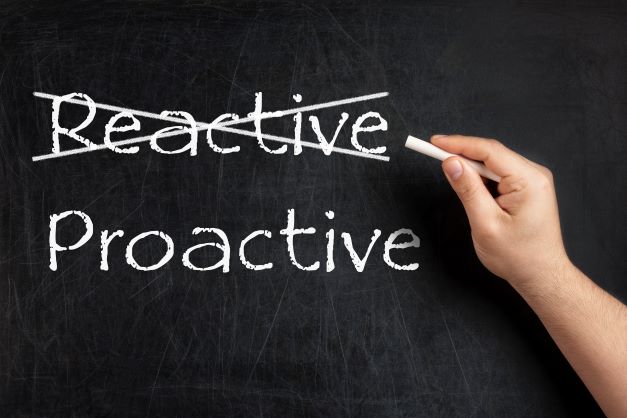In our recent blogs, we discussed why institutions should participate in the Incorrect Data Challenge process. We’ll wrap up this series with some things to consider after your challenges have been submitted.
Although it may be tempting to put this process behind you as soon as you’ve received responses from data managers, don’t toss your materials quite yet. There are two more steps to this process that you’ll undertake in the fall once Official Cohort Default Rate (CDR) packages are distributed. First, check to make sure the data was corrected for your successful challenges. Even though the data managers may have agreed with your findings, corrections still need to be made to the National Student Loan Data System (NSLDS) and it’s up to you to make sure they were. Next, look for loans that were not included in your draft CDR Loan Record Detail Report. If you find incorrectly reported loans that you did not have the opportunity to challenge during the draft period, you will be able to do so at that time. These two processes, Uncorrected Data Adjustments and New Data Adjustments, are similar to the initial process of challenging incorrect data. For more information, see Part 4 of the Cohort Default Rate Guide.
If you find that even after correcting errors, your institution will still be subject to sanctions and you feel that there are extenuating circumstances, there are a number of appeal opportunities. Appeals are different becasue you are acknowledging your institution’s high CDR but assert the profile of your student borrowers puts them at higher risk of default or puts your institution at more risk of having a high CDR. Two examples are having a high proportion of disadvantaged borrowers or having only a small number of eligible students participating in the federal loan program. The qualifying situations and process for requesting consideration vary and can also be found in Part 4 of the guide referenced above.
Now back to Incorrect Data Challenges…If you’ve been through this process, you’ll agree that it is arduous and time-consuming and it may seem unavoidable, but there are some things you can do throughout the year to greatly reduce the amount of erroneous data used to calculate your draft CDR.
- Make sure your institution’s enrollment reporting is timely and accurate. Most loan status-related errors are the result of an incorrect separation date.
- Look for incorrect data throughout the year. Part 3, Chapter 3.2 of the Cohort Default Rate Guide recommends a number of strategies to find and correct data that may impact your institution’s CDR well before the draft rate is calculated.
Implementing these strategies will take resources from other ‘normal’ processing in your office, but far less than the work you invest during the draft CDR period, with less stress. When you get your draft package, you can feel confident in the result. Proactively managing your institution’s CDR can be daunting, so if you need help developing a strategy or require temporary staffing to do the actual work, get in touch with us at info@heag.us






